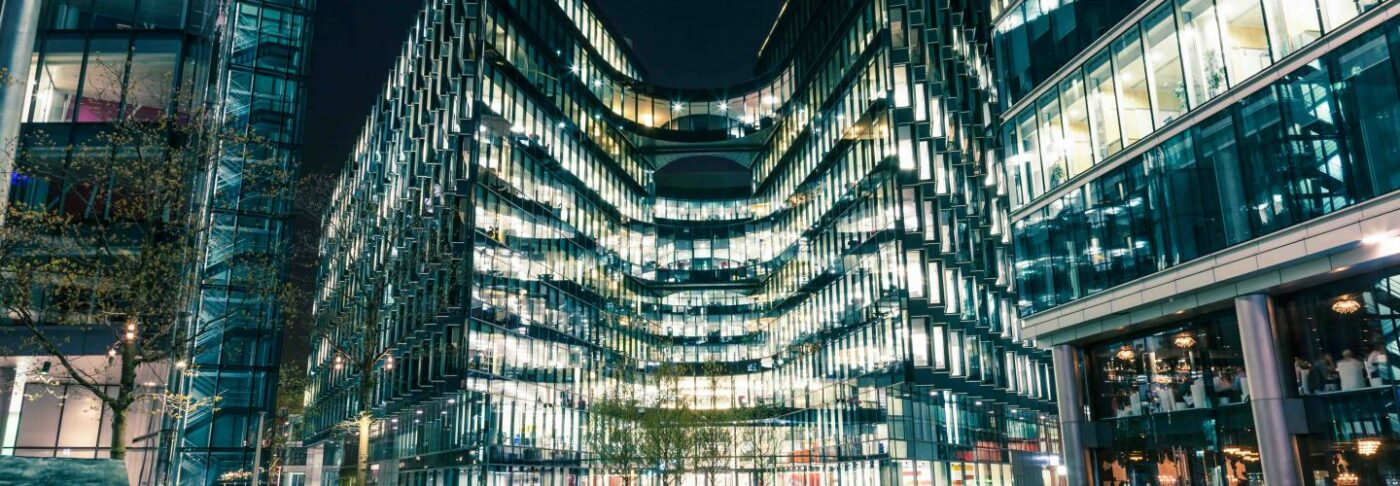
The government recently introduced a new Building Safety Regulator as a part of the wider Building Safety Programme helping business owners to take immediate action to ensure safety of every resident in their building. This newly appointed Building Safety Regulator would be responsible to oversee the safety and performance of the building, advise on building regulation changes, introduce more stringent safety regulations and replace the current Building Regulations Advisory Committee.
With the introduction of the new regulatory body, not-for-profit housing providers approved and regulated by the Government, also known as social landlords or housing associations, would be regulated to enforce more stringent safety regulations. This guide answers all questions related to the social landlord’s responsibilities for fire safety in residential premises. This includes social landlords of individual homes, purpose-built blocks of flats and sheltered housing.
Q. What should Social Landlords do about External Wall Systems?
Social landlords should ensure that the building has an up to date fire risk assessment in order to understand the construction of the external walls of the building. This will inform them about the potential performance of the external walls in the event of a fire. Height of the building, materials used in the construction of the outer walls, location of escape routes, the vulnerability of residents and complexity of the building structure should be taken into account while assessing the fire risk. This work needs to be carried out by a qualified risk assessor who will be able to issue a full report.
Social landlords should ensure that the external walls of the building are made of non-combustible materials and should meet the standards – A1 or A2 –s1 d0 of safety set by the governing bodies.
Buildings that use combustible materials in external walls should address the risk of fire spread from external wall systems as a matter of urgency to ensure the safety of residents.
These EWS regulations apply to residential buildings above the height of 18 metres and to buildings that house residents who would require significant assistance for evacuation.
Q. What should Social Landlords do about unsafe EWS during the COVID-19 restrictions?
According to the guidance published by the government, all EWS work should continue following the health guidelines and procedures to protect the workforce. Necessary measures must be taken to minimise the spread of the infection.
Q. What should Social Landlords do about Fire Doors?
All fire doors leading to any shared or communal area in the building need to have additional fire and smoke protection. Ensuring that every fire door is routinely maintained by a qualified professional is absolutely essential.
If the flat entrance doorsets do not meet the required performance standards for fire and smoke resistance, they should be replaced. The urgency of the replacement of these doorsets should be determined by a standard fire risk assessment.
Q. What should Social Landlords do about Composite Doorsets?
In the case of composite doorsets, social landlords should get in touch with the relevant manufacturer at the earliest. The ACDM (Association of Composite Door Manufacturers) members are committed to remediating any installed doorset that fails MHCLG tests.
Q. What advice Is available for Social Landlords wanting to commission Fire Risk Assessments?
Social landlords should consult the official guidance document commissioned by the government and written by experts in the field of fire safety. In the guidance document, ‘Fire Safety in Purpose-Built Blocks of Flats‘, social landlords will find all the necessary information about commissioning a fire risk assessment, along with the latest updates.
Q. How can Social Landlords keep up to date with the Latest Fire Safety Reforms for Residential Buildings?
The MCHLG Building Safety Programme is up to date with the latest developments and subscribing to it is the best way for social landlords to remain informed about the latest safety developments.
Q. How can Social Landlords be updated With the Best Practices for Fire-Safety in Multi-Storey Blocks of Flats?
Landlords can be updated with the best practices for fire-safety in multi-storey blocks of flats by reading up various case studies on best practices in the industry on the NHMF website. The website, through presentations, breaks down all the essential best practices for social landlords to learn from and implement to ensure the safety of the residents in their buildings.

